The purpose of a turbidity curtain is to provide sediment containment while construction activities are occurring in or directly adjacent to a waterway or waterbody.
Marine construction companies must be aware of applicable federal, state, and local laws, rules, regulations, or permit requirements governing the use and placement of silt curtains. A good resource is each State Department of Transportation, aka D.O.T.
Each State uses slightly different terminology when referring to turbidity curtains and types of curtains so it is important to know the subtle differences when communicating and submitting bids. The directory below points to each State DOT and specifies what terms are used for some of the States.
For a complete list or to receive your particular State turbidity curtain DOT design specifications, please contact us.
50 States Department of Transportation Directory
Alabama
Alaska
Arizona
Arkansas
California
California speaks in terms of Turbidity Curtain.
Colorado
Connecticut
Like most States, Connecticut uses the language “Turbidity Curtain” but has its wording for curtain classifications, which is: Type I (Flat Water), Type II (Lightweight), Type III (Middleweight)and Type IV ( Heavyweight).
Delaware
Delaware is the same as Oklahoma and uses the wording “Turbidity Curtain” and Type 1 , 2 and 3.
District Of Columbia
Florida
FDOT and the marine construction industry in Florida refer to the terms Floating Turbidity Barrier and Type I, Type II and Type III.
2017 State of Florida DOT (Department of Transportation) Floating Turbidity Barrier Design Standard
2010 FDOT Florida Turbidity Barrier Design Standard
Georgia
Hawaii
Idaho
Illinois
Indiana
Iowa
Iowa uses the wording Floating Silt Curtains to refer to turbidity curtains. Also instead of referring to Type I, II and III, that State uses Still Water and Moving Water.
Kansas
Kentucky
Louisiana
Maine
Maryland
Massachusetts
Michigan
Michigan DOT (Department of Transportation) Turbidity Curtain Manual
Minnesota
Like North Dakota, Floating Silt Curtain / Silt Barrier are used to describe the product.
Mississippi
This State follows the same terminology as Florida, ie. Floating Turbidity Barrier and Type I, Type II and Type III.
Missouri
Montana
Nebraska
Nebraska uses the terms Turbidity Barrier in their official documents to describe the erosion control practices during marine construction.
Nevada
New Hampshire
New Jersey
Like Florida, the common terminology used in New Jersey is Floating Turbidity Barrier.
New Mexico
New York
In the State of New York, it is customary to refer to Turbidity Curtain.
New York DOT (Department of Transportation) Turbidity Barrier Design Standard
- Min. grab tensile strength (ASTM-D 4632): 124 Lbs.
North Carolina
North Carolina DOT (Department of Transportation) Turbidity Barrier Design Standard
- Fabric thickness:
- Min. grab tensile strength: *md-370 lbs *cd-250 lbs
- Apparent equivalent opening: 70 US standard sieve
* md – machine direction | * cd – cross machine direction
North Dakota
Floating Silt Curtain / Silt Barrier are used along with the two classifications: Still Water, Moving Water.
Ohio
Oklahoma
The wording “Turbidity Curtain” and Type 1 , 2 and 3 are used.
Oregon
Pennsylvania
Rhode Island
South Carolina
The South Carolina Department of Transportation refers to the terms Floating Turbidity Barrier and Light Duty, Medium Duty and Heavy Duty.
South Dakota
Tennessee
The Tennessee DOT and marine construction industry refer to the terms Floating Turbidity Curtain. However, unlike Florida, there is a subtle difference when it comes to specifying the type of curtain: Tennessee uses digits instead of Roman letters: Type 1, Type 2 and Type 3.
Texas
Utah
Vermont
Virginia
The terms typically used in Virginia are Turbidity Curtain.
Virginia DOT (Department of Transportation) Erosion & Sediment Control Manual
Washington
West Virginia
Wisconsin
State of Wisconsin DOT (Department of Transportation) Turbidity Barrier Design Standard
- Min. grab tensile strength (ASTM D 4632): 200 lb (890 N)
Wyoming

